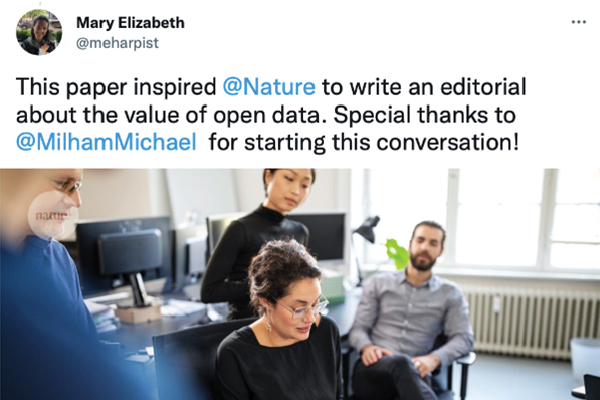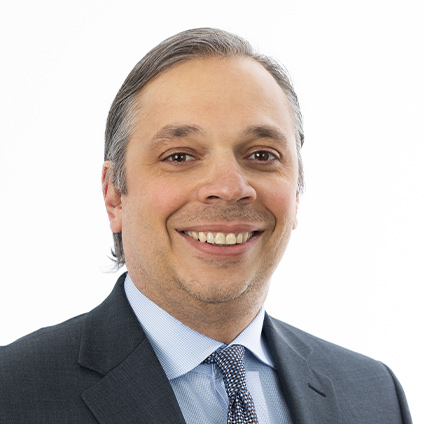Blog
Child Mind Institute Data Is Key to Groundbreaking “Brain Growth Charts”
The Child Mind Institute is a leading force in open neuroscience — the movement to make scientific data, tools, and knowledge accessible to all researchers. Most academic medical centers and research institutes restrict access to their data, but we freely share massive amounts of data to speed the pace of discovery. This demonstration of an open science philosophy will encourage institutions to embrace a culture change that produces breakthroughs for the field.
We just saw an example of the impact of this approach with a paper in Nature called “Brain charts for the human lifespan.” Drawing on more than a 100,000 brain scans made available in part through data-sharing initiatives sponsored by the Child Mind Institute, the researchers provide a vision for creating “growth charts” for the brain, similar to the ones pediatricians use to monitor physical development in young people. They also provide proof of principle for using charts to detect brain differences between people with different mental health disorders like autism and ADHD.
This paper is evidence that our investment in open science and data-sharing is paying off. But the scientific culture still has some changes to make. As a reviewer for the paper, Michael P. Milham, MD, PhD, Child Mind Institute Vice President of Research, raised concerns that scientists who had allowed access to restricted data were included as coauthors on the paper, increasing their visibility. But scientists whose data was open and available from the start? No prestigious co-authorship. Dr. Milham’s point that the citation-based crediting of open data needed to be improved resulted in this accompanying editorial in Nature, and the tweet below.

The Child Mind Institute is committed to accelerating discovery in brain science and developing the practical tools (like these brain charts) that will improve diagnosis, treatment, and prevention of child and adolescent mental health and learning disorders. But as Dr. Milham and his team have stressed from the beginning, changing the culture and encouraging collaboration is the key to breakthroughs. Without that, the task is just too great.
Learn More

